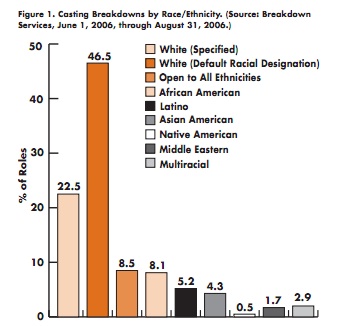In my classes, we have been talking quite a bit about Islam, which prompted me to write a post about Islamic dress. Before I begin talking about anything, I want to clarify the different types of headscarves worn by Muslim women. Click here to be taken to a BBC page describing the different options for covering the head.
There have been moves in European nations (notably France) to ban the burka or niqab. Many people, when reading this news, assume that they are trying to ban headscarves all together. This is not the case: they are attempting to ban garments that completely obscure the face.
This seems to make sense, right? You would be hard pressed to be able to tell the difference between two women wearing a burka. These measures would be instituted for security reasons, you need to be able to see a person's face to identify them, which is important for public safety reasons.
But is this an issue of taking away someone's religious freedoms? Many people say no: they are freeing Islamic women from having to wear an oppressive garment. But there are Muslim women who disagree. Christina Michelmore, an associate professor of history at Chatham College said, "I think that for many young women, it's a symbol they are attached to their culture, they're proud of their religion, and they see it as part of their identity as separate from this globalized McDonald's world" (full article that this is from here). Those Muslim women in the United States who choose to wear a veil do it because they want to, not because they feel that they must. They view it as a pious act to sacrifice for their religion.
Some women like wearing the veil, they say it is actually MORE liberating than going without. They do not have to worry what they present like on the outside, when people get to know them they know their true selves instead of how well they dress or how nice their hair looks on that day.
Is it strange that much of the outcry against the head coverings come from Western feminists? Maybe it is that since the veil is strange to us, it is automatically viewed as foreign and oppressive, because we do not understand the reasons that many Muslim women choose to wear the veil. I now open these ideas to you, readers, and ask: what do you think about the attempted banning of niqabs and burqas in some Western nations? How about wearing a veil in general? Do you feel that it is oppressive? And if there are any Muslim women (or men) reading this, I'd love to hear your opinions on the issue as well.
Thanks again for reading, and until next time,
Meghana
There have been moves in European nations (notably France) to ban the burka or niqab. Many people, when reading this news, assume that they are trying to ban headscarves all together. This is not the case: they are attempting to ban garments that completely obscure the face.
This seems to make sense, right? You would be hard pressed to be able to tell the difference between two women wearing a burka. These measures would be instituted for security reasons, you need to be able to see a person's face to identify them, which is important for public safety reasons.
But is this an issue of taking away someone's religious freedoms? Many people say no: they are freeing Islamic women from having to wear an oppressive garment. But there are Muslim women who disagree. Christina Michelmore, an associate professor of history at Chatham College said, "I think that for many young women, it's a symbol they are attached to their culture, they're proud of their religion, and they see it as part of their identity as separate from this globalized McDonald's world" (full article that this is from here). Those Muslim women in the United States who choose to wear a veil do it because they want to, not because they feel that they must. They view it as a pious act to sacrifice for their religion.
Some women like wearing the veil, they say it is actually MORE liberating than going without. They do not have to worry what they present like on the outside, when people get to know them they know their true selves instead of how well they dress or how nice their hair looks on that day.
Is it strange that much of the outcry against the head coverings come from Western feminists? Maybe it is that since the veil is strange to us, it is automatically viewed as foreign and oppressive, because we do not understand the reasons that many Muslim women choose to wear the veil. I now open these ideas to you, readers, and ask: what do you think about the attempted banning of niqabs and burqas in some Western nations? How about wearing a veil in general? Do you feel that it is oppressive? And if there are any Muslim women (or men) reading this, I'd love to hear your opinions on the issue as well.
Thanks again for reading, and until next time,
Meghana



